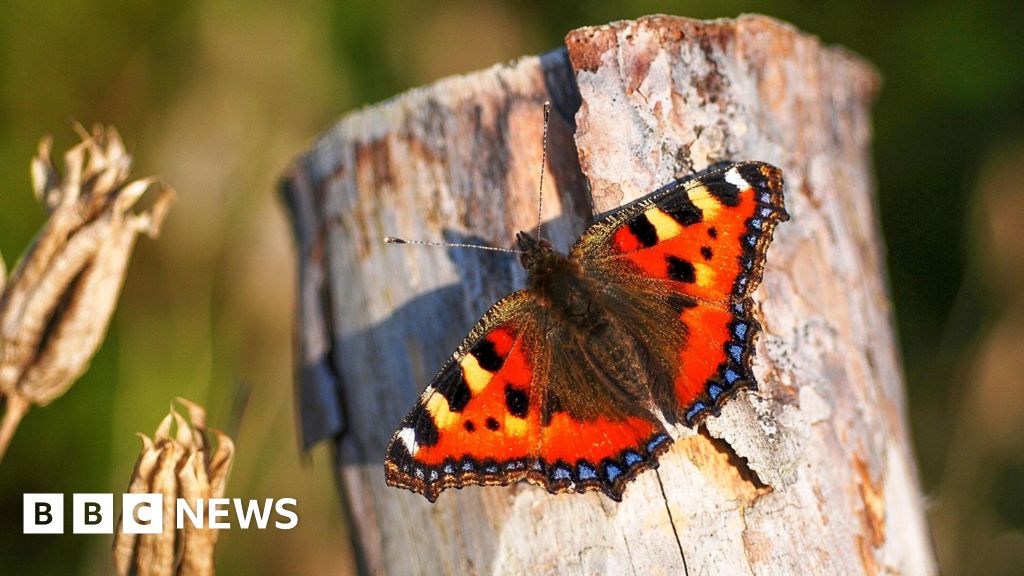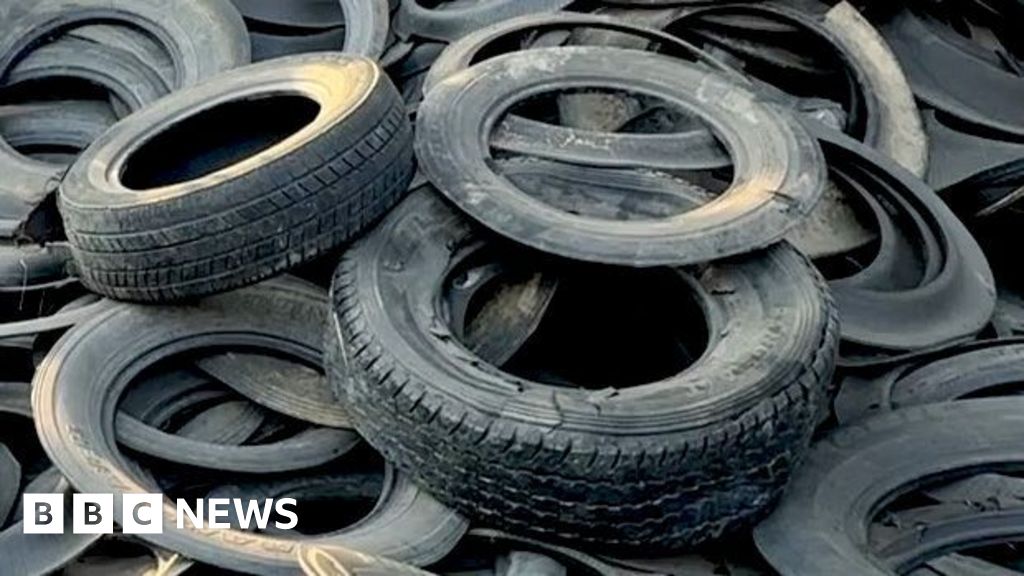ARTICLE AD BOX
By Matt Taylor
BBC Weather
Heatwaves, deadly floods and wildfires - this summer people are having to confront the link between extreme weather and climate change.
Emissions from the burning of fossil fuels have been trapping heat in the atmosphere since the start of the industrial era. As a consequence, average temperatures have risen by 1.2C.
This additional energy is unevenly distributed and bursts out in extremes like the ones we've been seeing this summer. Without reductions in global emissions, this cycle will keep going.
Here are four ways climate change is contributing to extreme weather.
1. Hotter, longer heatwaves
To understand the impact of small changes to average temperatures, you need to to think of them as a bell curve, with extreme cold and hot at either end, and the bulk of temperatures in the middle. A small shift in the centre means that more of the curve touches the the extremes - and so heatwaves become more frequent and extreme.
In the UK, warm spells have more than doubled in length in the past 50 years, according to the Met Office.
But the record heatwaves in Western Canada and the US were made longer and more intense by another weather phenomenon - a heat dome.
Weeks ago, a Pacific storm, fuelled by warmer-than-normal sea temperatures, disrupted the jet stream. When a storm distorts the jet stream, which is made of currents of fast-flowing air, it is a bit like yanking a long skipping rope at one end and seeing the ripples transferring along it.
These waves cause everything to slow drastically and weather systems can become stuck over the same areas for days on end.
In an area of high pressure, hot air is pushed down and trapped in place, causing temperatures to soar over an entire continent.
In Lytton, Western Canada, temperatures hit 49.6C, breaking the previous record by almost 5C. Such an intense heatwave would have been virtually impossible without climate change, according to the World Weather Attribution network.
One theory is higher temperatures in the Arctic are causing the jet stream to slow down, increasing the likelihood of heat domes.
And exceptional heat has not been limited to North America this summer. In Russia, a heatwave sent temperatures soaring - matching a 120-year record. Northern Ireland broke its temperature record three times in the same week, while a new high was set in the Antarctic continent.
2. More persistent droughts
As heatwaves become more intense and longer, droughts can worsen.
Less rain falls between heatwaves, so ground moisture and water supplies run dry more quickly.
And this in turn means the ground heats up more quickly, warming the air above and leading to more intense heat.
Demand for water from humans and farming puts even more stress on water supply, adding to water shortages.
And by mid-July, following the early summer heatwaves, more than a quarter of US land was experiencing "extreme" or "exceptional" drought.
3. More fuel for wildfires
Wildfires can be sparked by direct human involvement - but natural factors can play a huge part.
The cycle of extreme and long-lasting heat caused by climate change draws more and more moisture out of the ground and vegetation.
And these tinder-dry conditions provide fuel for fires, which can spread at an incredible speed.
The impact of the heatwave on fire development was seen in an explosive fashion in western Canada this summer.
image sourceReuters
image captionThis summer wildfires also tore through forests in southern Turkey, leaving the land scorchedFires developed so rapidly and explosively they created their own weather system, as pyrocumulonimbus clouds formed.
And these colossal clouds produced lightning, igniting more fires.
This same story is being repeated in Siberia.
The frequency of large wildfires has increased dramatically in recent decades.
Compared with the 1970s, fires larger than 10,000 acres (40 sq km) are now seven times more common in western America, according to Climate Central, an independent organisation of scientists and journalists.
4. More extreme rainfall events
In the usual weather cycle, hot weather creates moisture and water vapour in the air, which turns into droplets to create rain.
The warmer it becomes, however, the more vapour there is in the atmosphere, resulting in more droplets - and heavier rainfall, sometimes in a shorter space of time and over a smaller area.
Historic flooding in China, Germany, Belgium and the Netherlands has shown the devastating impact extreme rainfall events can have.
And these rainfall events are connected to the impacts of climate change elsewhere, according to Peter Gleick, a water specialist from the US National Academy of Sciences.
"When areas of drought grow, like in Siberia and western US, that water falls elsewhere, in a smaller area, worsening flooding, like Germany and Belgium," he says.
The weather across the globe will always be highly variable - but climate change is making that more extreme.
And the challenge now is not only limiting the further impact people have on the atmosphere but also adapting to and tackling the extremes we are already facing.

 3 years ago
180
3 years ago
180








 English (US) ·
English (US) ·